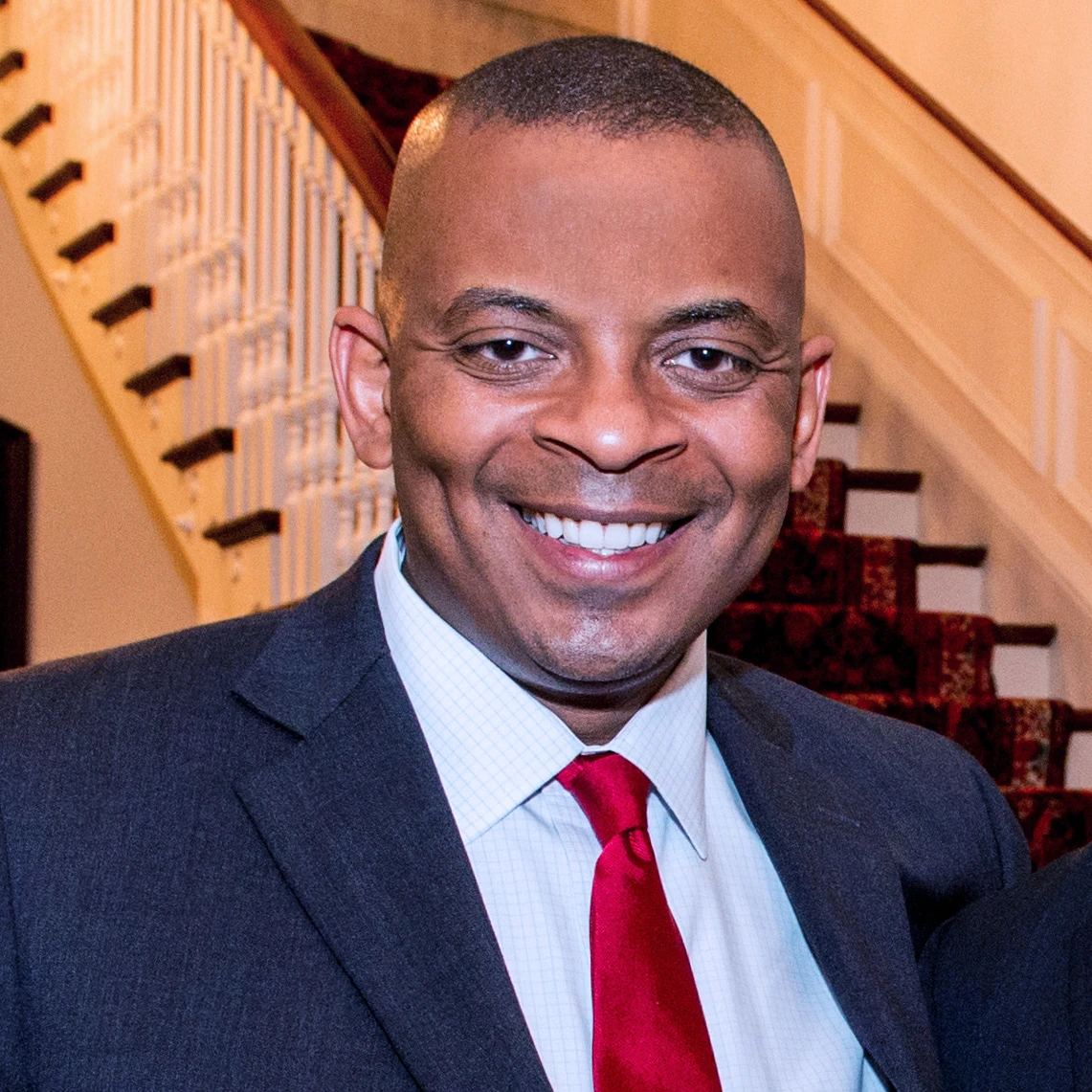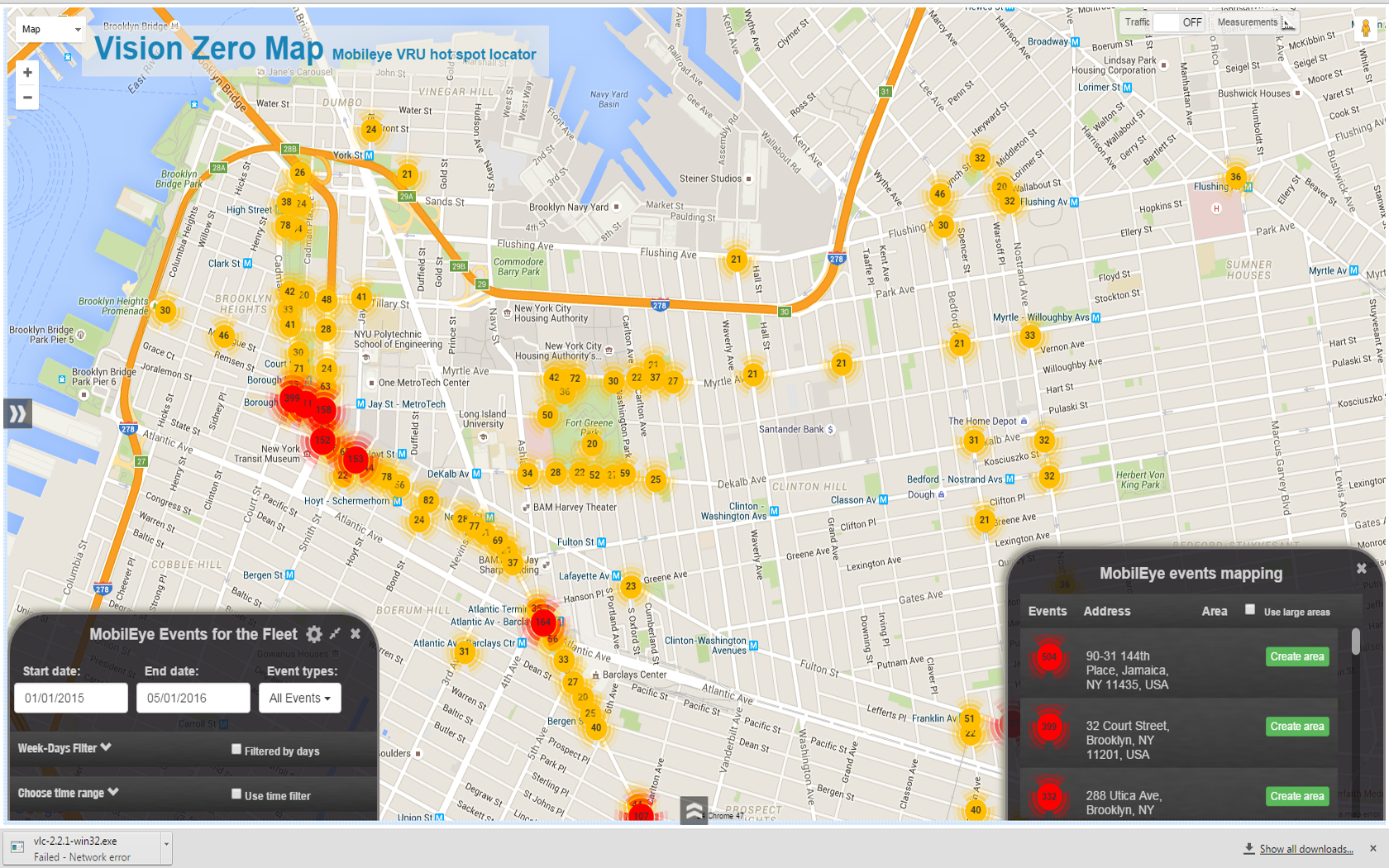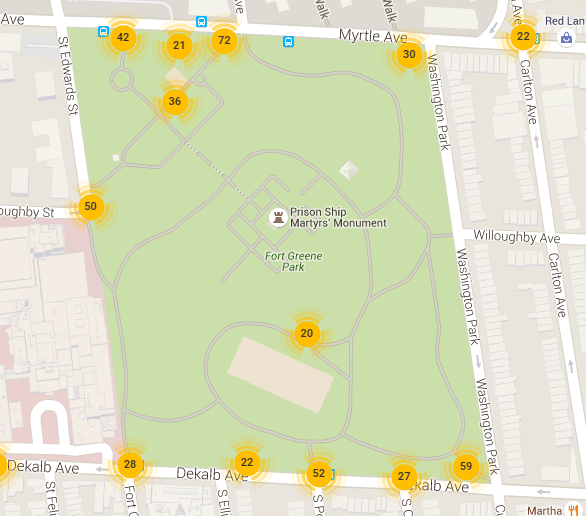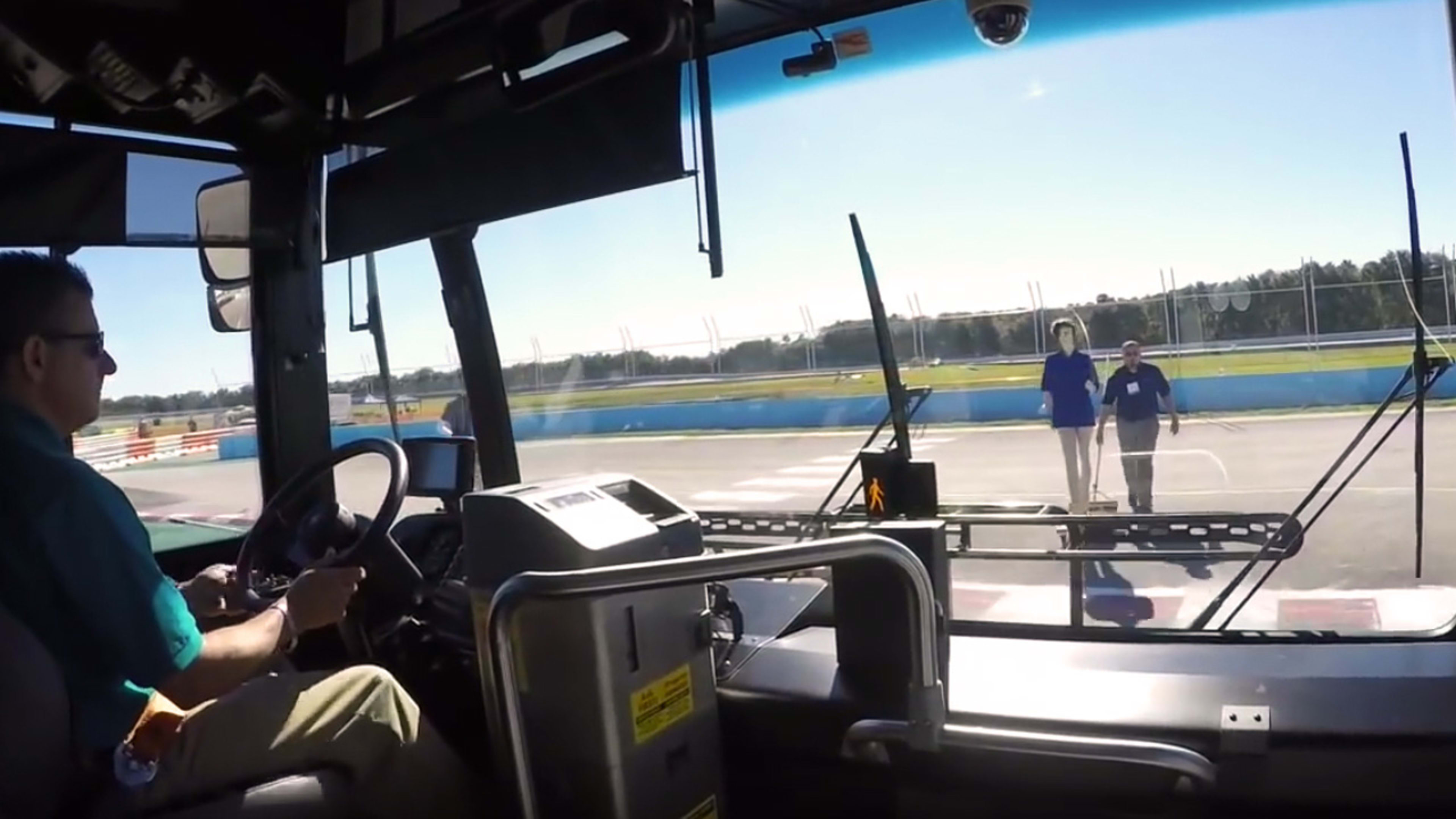Anthony Foxx is still months away from announcing the big winner of the U.S. Department of Transportation’s new Smart City Challenge, but one feature of the model city is already clear: Its buses will be, yes, smart. Today in Las Vegas, in his first appearance at CES—and the first by a U.S. Transportation Secretary—Foxx is unveiling how the fleet will be transformed.
Israel-based Mobileye, which provides driver-assistance systems for 90% of the world’s automakers, will equip buses with computer vision-powered cameras and software. The system not only alerts drivers seconds before an anticipated accident but identifies the most dangerous roads. “[Mobileye has] pledged to put their technology in every bus in the winning city,” Foxx tells Fast Company. “That’s huge.”

Early last month, the transportation secretary announced the Smart City Challenge, “a first of its kind for the department,” he says. Foxx is inviting mid-size cities (200,000 to 850,000 in population) to submit their vision for the future of transportation and to compete for $50 million in funding to be applied toward data-driven innovation–$40 million coming from the USDOT and another $10 million from Paul Allen’s company Vulcan specifically for climate-related solutions. (So get cracking, Boise City and Baton Rouge–the deadline’s February 4).
Foxx is eager to better define a smart city and demonstrate (and measure) what works. “While there’s a lot of use of that phrase, I would say there’s not a lot of meat on the bone,” he says. “We’re asking communities across America to begin imagining what a smart city is and to develop plans around that, and we can be a part of making those happen.”
The USDOT aims to use the winning city as a three-year lab for new ideas and to create a sense of urgency around problems outlined in the department’s Beyond Traffic report released last year. The year-long study described a confluence of trends that could strain the transportation system as never before. In 30 years, the population is projected to increase by 70 million people. The number of older Americans will nearly double, increasing the demands on public transit systems. The growth of urban populations and freight volume will surge (by 45% in the case of freight). Meanwhile, public resources are struggling to keep up; a staggering 65% of roads are rated “less than good.”
“The problem of congestion and mobility were even more severe than we imagined,” Foxx says of the report.

The USDOT discovered Mobileye’s bus technology last year during a series of pilot programs in the U.S. Foxx then visited the company on a tech-scouting trip to Israel. “We were really mesmerized by the technology,” he says. The company, which powers driver assistance systems in about 10 million cars worldwide, installs four computer-vision cameras in larger vehicles with larger blind spots. The cameras identify pedestrians. When someone gets close to a bus, the driver sees an orange alert on the dash. If the software determines a likely collision, the display flashes red and an alert sounds.
In addition to the hardware and software, the USDOT’s winning city will get data revealing which roadways are the riskiest. Mobileye makes maps based on the location and frequency of a fleet’s alerts, highlighting hotspots—intersections in need of new lane design or new signs.
Retrofitting an entire city fleet—at $6,500 per vehicle—won’t be cheap for Mobileye. Two hundred buses alone will cost around $1.3 million. But Mobileye vice president Elad Serfaty says participating in the USDOT’s project offers an opportunity to showcase the technology, which is currently used in thousands of buses in Israel and hundreds of construction trucks in London. “Fleets using our solution have a reduction in 50 to 60 percent of accidents,” says Serfaty. “It saves lives.”

By announcing the Mobileye partnership at CES and the five finalists at SXSW in March, Secretary Foxx hopes to entice more companies to his latest unconventional innovation challenge. (Two years ago, the department took the unprecedented step of making more than 2,500 data sets public to spur the development of transportation apps.) “Historically in government, you don’t actually fund something unless you know exactly what it is,” Foxx says. “But that can be constraining. Here [with the Smart City Challenge], we’re setting broad parameters for a vision of the future. We don’t know what it’ll look like until we get [the cities’] proposals back.”
The secretary’s boss is also a firm believer in unleashing technology to transform the work of government. (See our story, “Inside Obama’s Stealth Startup,” from last summer). “The president himself loves this stuff,” says Foxx. “He believes we need to adapt government to some of the culture of innovation economy. He’s very focused on creating a true 21st-century government.”
Foxx will announce the winning city in June. Once the new systems such as Mobileye are in place, the USDOT will monitor the technology’s impact, offering a case study for other mid-size cities to learn from–and perhaps a road map to the future.
Recognize your brand’s excellence by applying to this year’s Brands That Matter Awards before the early-rate deadline, May 3.
